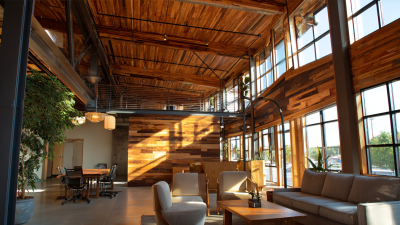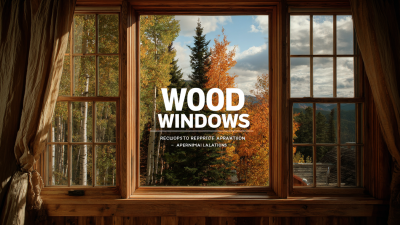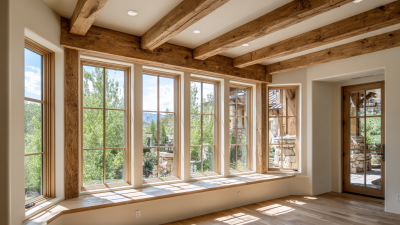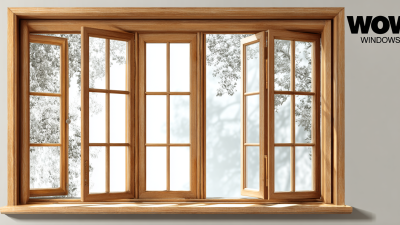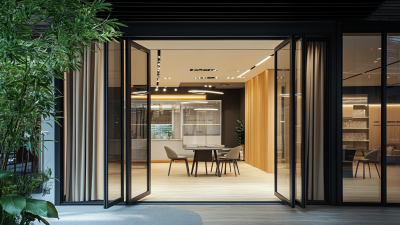As the 138th Canton Fair in China approaches in 2025, the wood windows industry is poised for significant developments, driven by evolving consumer preferences and sustainability trends. Recent market analyses reveal that the global wood windows market is projected to grow at a CAGR of 4.5% over the next five years, fueled by increasing demand for energy-efficient building solutions. Furthermore, with the rise of eco-friendly architecture, the use of sustainable wood materials in window manufacturing is becoming a key differentiator among industry players. Reports indicate that over 70% of consumers now prioritize environmentally responsible products, indicating a shift in purchasing behavior that wood windows manufacturers must capitalize on. As we look ahead to the event, understanding these trends will be essential for stakeholders aiming to harness opportunities in this dynamic market.
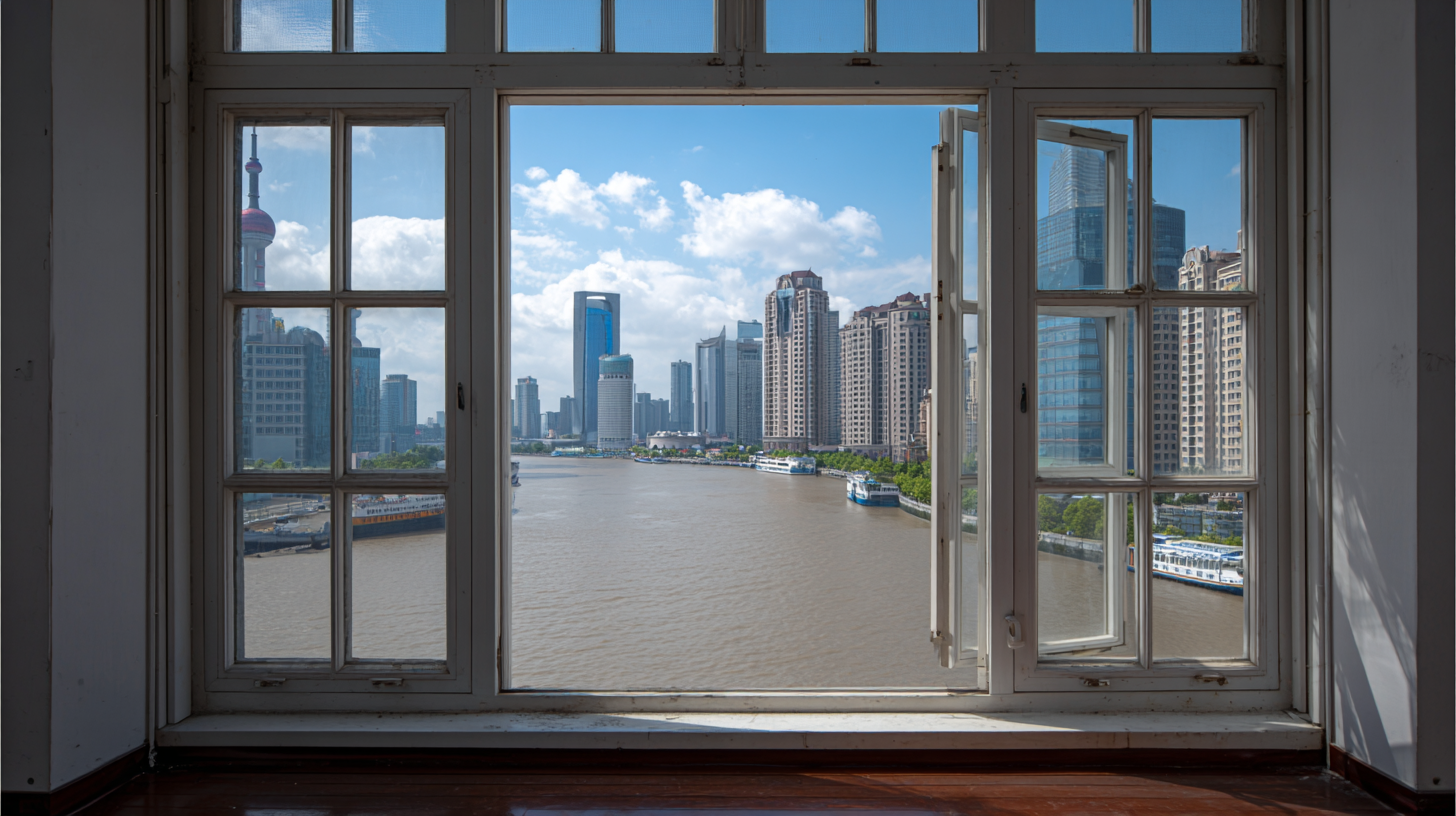
As we approach the 138th Canton Fair in China in 2025, the wood windows industry is poised for notable innovations that reflect changing consumer demands and environmental priorities. Emerging trends highlight the increasing integration of sustainable materials and energy-efficient designs. According to a recent report by Grand View Research, the global wooden window market is expected to grow significantly, reaching approximately USD 18 billion by 2027, driven by rising energy costs and a heightened focus on eco-friendly building practices.
One standout innovation is the development of smart wood windows that enhance energy efficiency through advanced glazing technologies. These windows not only minimize heat loss but also feature automated mechanisms for ventilation, which respond to indoor air quality. Furthermore, aesthetic designs are evolving to blend seamlessly with modern architecture while maintaining the classic charm of wood. Customizable features are becoming increasingly popular, allowing homeowners to tailor their windows to their personal style and functional needs.
**Tips:** When considering wood window upgrades, look for options that include triple-glazing for improved insulation. It's also beneficial to explore manufacturers that prioritize sustainable sourcing to support eco-friendly practices in the industry. Engaging with innovative designs at trade fairs like the Canton Fair can provide insights into the latest market trends and technologies.
As the 138th Canton Fair in China approaches in 2025, the wood windows industry is increasingly focusing on sustainability trends that are reshaping the market landscape. The demand for eco-friendly materials and practices is at the forefront of this transformation. According to industry reports, the global market for sustainable wood products is projected to grow significantly, driven by rising consumer awareness and regulatory pressures advocating for environmentally responsible sourcing. By 2025, it is expected that over 70% of consumers will prioritize sustainability in their purchasing decisions, influencing manufacturers to adopt green certifications and sustainable production processes.
The CIFM / interzum guangzhou 2025 event is anticipated to showcase innovations in sustainability, illustrating the industry's shift towards using reclaimed wood, low-VOC finishes, and energy-efficient manufacturing techniques. Recent data indicates that the wood coatings market is also adapting, with an increase in demand for low-emission products amid evolving consumer preferences.
As the wood windows sector strives to balance aesthetics with environmental impact, it will likely see a diversification of products that not only meet design standards but also align with sustainable practices, thus defining the future of this essential industry ahead of the Canton Fair.
As the wood windows industry braces for the 138th Canton Fair in 2025, the demand for wood windows is projected to experience significant growth in both global and Chinese markets. According to a recent market report, the global wood windows market is expected to reach USD 17.5 billion by 2026, growing at a CAGR of 4.3% from 2021 to 2026. This growth is largely driven by increased construction activities and a rising preference for sustainable building materials among consumers.
In China, the wood windows market is particularly promising, spurred by rapid urbanization and a burgeoning middle class with an inclination towards high-quality, eco-friendly home solutions. The demand for wood windows in the Chinese market is projected to grow at a rate of 5.1% annually, with manufacturers focusing on not only the aesthetic appeal but also energy efficiency. A recent survey indicated that approximately 60% of homeowners in urban areas are willing to invest more in wood windows due to their energy-saving properties.
Tips: For businesses looking to capitalize on these trends, focusing on sustainable sourcing and innovative designs can be key differentiators. Additionally, engaging in targeted marketing strategies that highlight the environmental benefits of wood windows may attract a more discerning consumer base. Staying updated with technological advancements in wood treatment and insulation can also provide a competitive edge in this growing market.
| Region | Market Demand (Units) | Growth Rate (%) | Key Trends |
|---|---|---|---|
| North America | 1,200,000 | 5.4 | Sustainable materials, Energy efficiency |
| Europe | 950,000 | 4.8 | Smart technology integration, Design aesthetics |
| Asia-Pacific | 1,500,000 | 6.7 | Urbanization, Increased construction |
| Latin America | 400,000 | 3.5 | Cost-effective solutions |
| Middle East & Africa | 250,000 | 2.9 | Rising demand for luxury construction |
As the 138th Canton Fair approaches in 2025, the wood windows industry is poised for significant transformation, driven by key players and emerging competitors. Leading manufacturers are increasingly focusing on sustainability and innovation, integrating eco-friendly materials and smart technology into their designs. Notable companies such as Andersen, Jeld-Wen, and Marvin are setting benchmarks for quality and performance, while newcomers are eager to carve out their niche by offering custom solutions and streamlined production processes.
Competitively, the landscape is evolving, with both established brands and startups vying for market share. Regional players from China and other parts of Asia are becoming formidable contenders, leveraging cost advantages and catering to local tastes and trends. Additionally, the growing emphasis on energy-efficient windows and retrofitting existing structures presents opportunities for collaboration and expansion among stakeholders. This dynamic environment will be a focal point at the Canton Fair, highlighting the industry's shift towards innovation, sustainability, and agility in responding to consumer needs.

As the 138th Canton Fair approaches in 2025, consumer preferences in the wood windows industry are poised for notable transformation. Recent studies, such as the Market Research Future report, indicate that the global wood window market is projected to grow at a CAGR of 4.5% from 2023 to 2028, reflecting a robust demand for sustainable and aesthetically pleasing products. Consumers are increasingly leaning towards timber windows that offer superior insulation properties and a reduced carbon footprint, indicating a clear shift towards eco-friendly building materials.
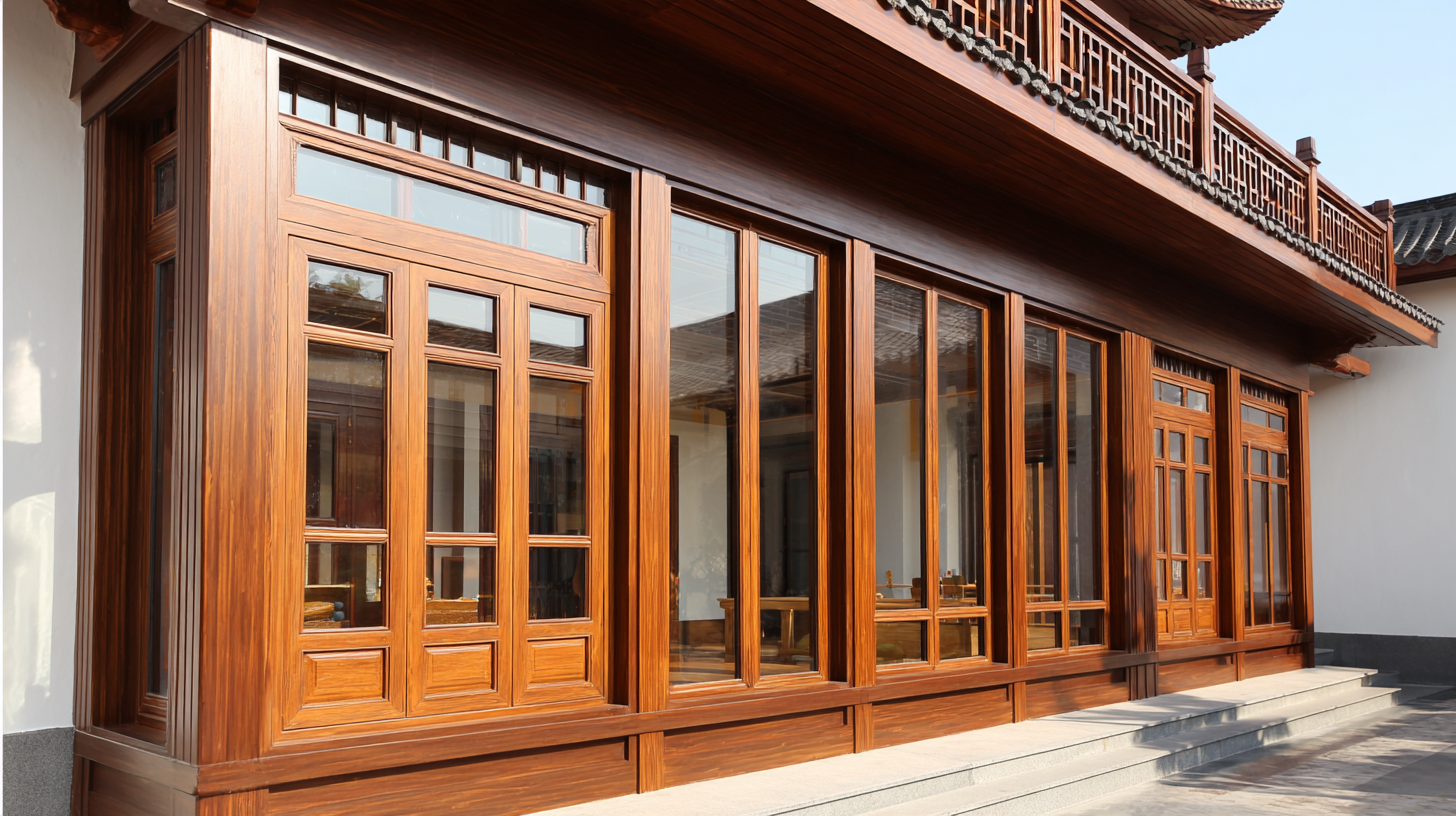
Design trends are also evolving, with a rising interest in customizable and modern wood window designs. According to a survey by Grand View Research, 62% of consumers prioritize personalization in their home improvement projects, including window styles and finishes. This trend underscores the importance of providing diverse options such as energy-efficient glass, various wood species, and innovative hardware that complements contemporary architecture. At the upcoming Canton Fair, manufacturers are expected to showcase these advancements, capitalizing on the growing awareness of sustainability and design versatility.
